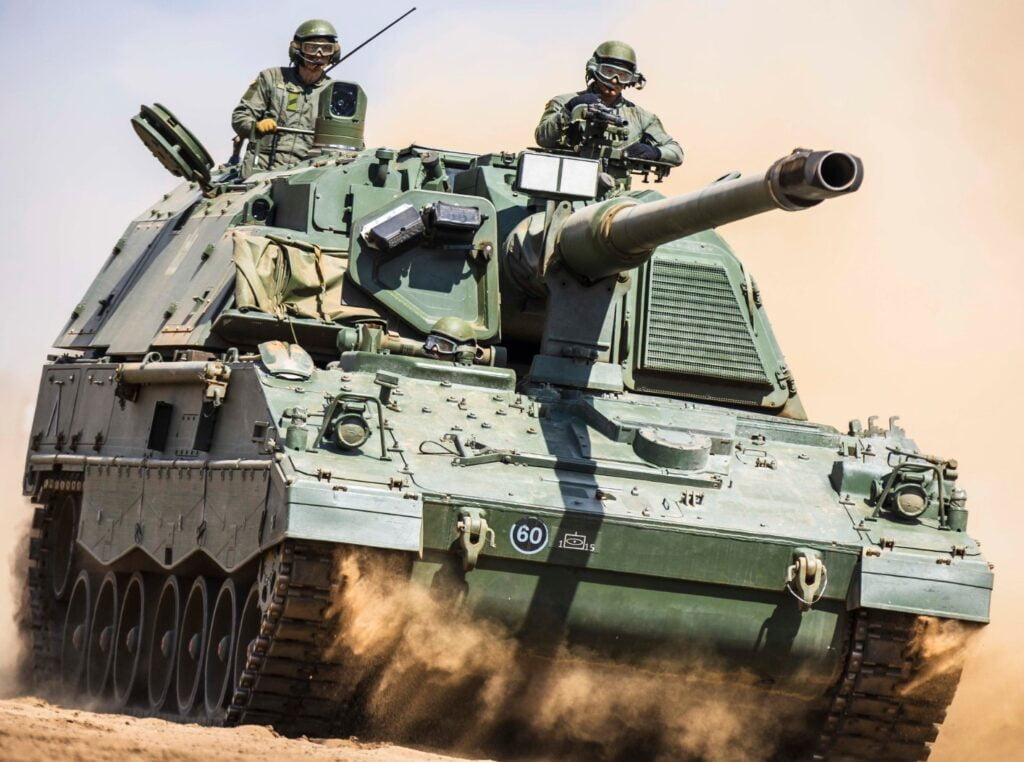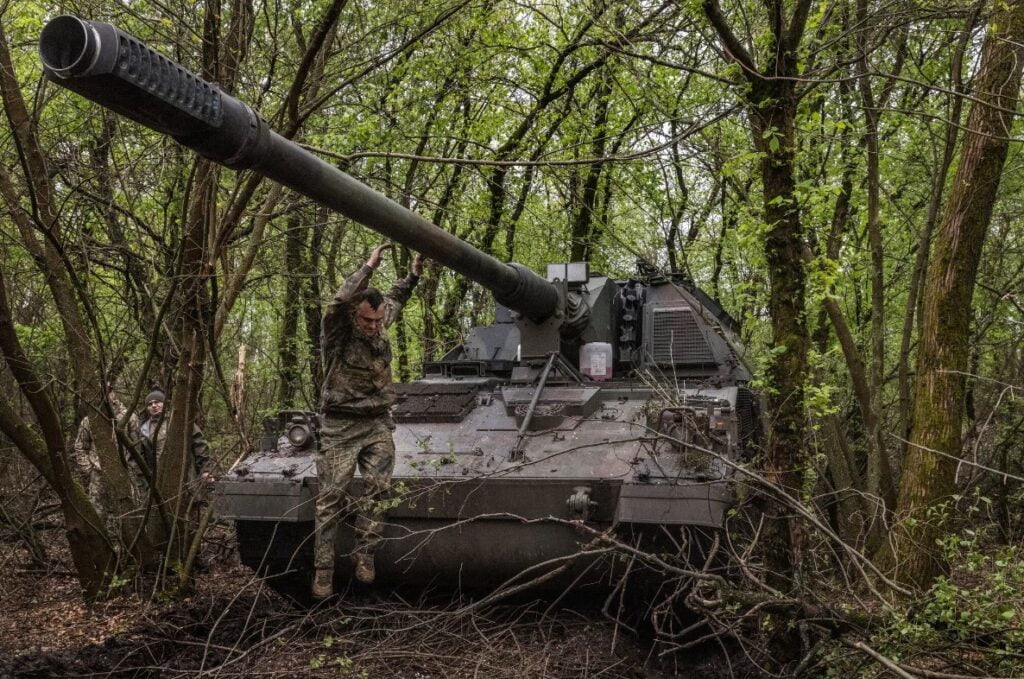The German PzH 2000, a self-propelled artillery gun, was touted as a promising substitute for older Soviet artillery in the Ukrainian military. However, its reputation has taken a significant hit due to its performance during the Ukraine War.
The Ukrainian military has been using the PzH 2000 in the eastern part of the country, where muddy conditions prevail. Both Russian and Ukrainian forces have faced difficulties navigating this terrain, but the German howitzer has proven particularly vulnerable to dirt and grime. A lieutenant in the Ukrainian military expressed concerns about the howitzers getting stuck in the mud, leading to fears about their effectiveness in combat. The situation became so problematic that the Ukrainian army removed all German self-propelled artillery mounts from the battlefield.

Despite these challenges, the PzH 2000 boasts several superior features over the older Soviet-made Peony artillery system, including advanced technology, automatic loading, and better protection for soldiers. There were even reports of successful hits against Russian tanks and infantry.
However, the Peony system proved more maneuverable in challenging terrains thanks to its metal tracks with claw-like treads. In contrast, the German Panzers were more suitable for flat, hard surfaces. The howitzer's electronics were also at risk from environmental factors, necessitating careful cleaning and maintenance.
The report also revealed that the PzH 2000 was designed to be stored in climate-controlled garages, unlike the demanding battlefield terrain in Ukraine. Its maintenance-heavy design was a further drawback, with extensive servicing required after firing two full loads of ammunition.
Mud season has notably impacted the Russian invasion
The ongoing mud season has notably impacted the Russian invasion of Ukraine, hindering military convoys and armored vehicles. Both sides have been affected, with the Russian military forced to abandon numerous vehicles. Surprisingly, this led to Ukraine claiming to possess more tanks than before the invasion.

A Russian military expert pointed out that the PzH 2000 had failed in the conflict, stating that it was designed based on combat situations from 80 years ago and couldn't meet the current conflict's requirements. This inability to adapt to the unique challenges of the Russia-Ukraine war has led to what has been termed an “image collapse” for the once-ideal combat system.
Even older Ukrainian weapons, like their T-64 tanks from the Soviet era, have encountered issues with the muddy terrain. The British defense ministry reports further underscore mud's widespread impact on Russian and Ukrainian operations.
The PzH 2000, once considered one of the world's best self-propelled guns, has struggled to adapt to the challenges posed by the Ukrainian terrain and the nature of the conflict. Its once-stellar reputation has been tarnished, revealing a disconnect between its advanced technological features and the practical demands of modern warfare. The situation has exposed a need for self-propelled guns to prioritize survival, maneuverability, and maintainability in diverse conditions rather than relying on features only suited to specific environments.







